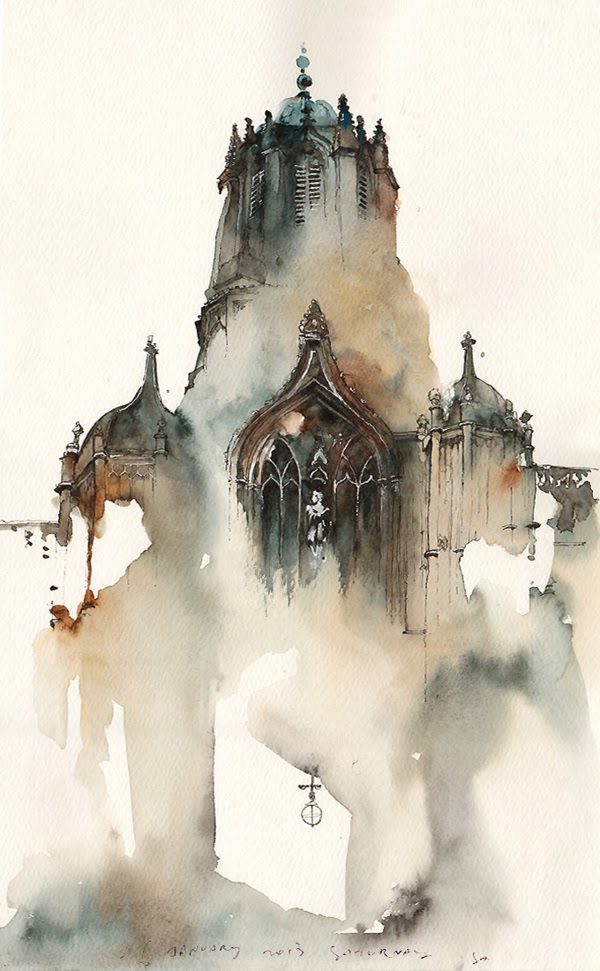The origin of Sandman is believed to have started with in Hans Christian Andersen's folktale, Ole Lukoje in 1841. The Sandman was originally named Ole Lukoje, the "Ole" being a first name and the "Lukoje" meaning closed eye. This character would wait for children to fall asleep, sneak into their room, sprinkling dust into their eyes so that they could not open them, and then place an umbrella decorated with pictures and stories, which would give them good dreams, however if the child had been bad, he would place another umbrella without pictures over there heads, so they would have no dreams.
http://en.wikipedia.org/wiki/Sandman
The Sandman is also related to the Greek God Morpheus, who is the god of dreams, he has the ability to take any human form and appear in dreams, his actual appearance being a winged daemon, looking like his other siblings.
The name Morpheus relates to the word, morphine, the drug that puts patients into a deep sleep.
http://en.wikipedia.org/wiki/Morpheus_(mythology)
Paul Berry created a short film on the character Sandman, which depicts the Sandman as a sinister villain who creeps into children's rooms, sprinkling dust into their eyes, which causes their eyes to fall out, which the Sandman would collect and feed to his children/crows in the moon.
The stop motion animation holds a blend of saturated and desaturated hues, which contrast with the icy blue colours of the Sandman. The introduction of the Sandman is tense and atmospheric through how he tiptoes up the stairs, his body language emitting a sinister movement alongside with the audio that holds onto every step that the character makes. The animation was based on the story "Der Sandman" by E.T.A Hoffman.


































